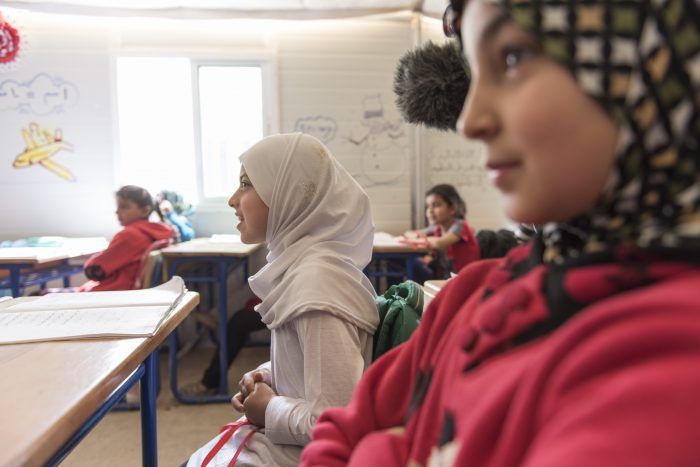March Time to Check Preparedness Plans
It’s March, and that means the beginning of tornado season. This year, the American Meteorological Society is forecasting a quiet tornado season, in large part because of the extended affects of a continuing El Niño. In fact, the AMS is predicting a 54 percent chance of a lower than normal number of tornadoes and a […]

It’s March, and that means the beginning of tornado season. This year, the American Meteorological Society is forecasting a quiet tornado season, in large part because of the extended affects of a continuing El Niño.
 In fact, the AMS is predicting a 54 percent chance of a lower than normal number of tornadoes and a 71 percent chance of fewer severe hailstorms. While we hope that these numbers hold true, particularly in areas like Texas and Missouri that have already been battered by other severe weather during the fall and winter, it only takes one storm to wreak havoc on a community. Historically, a quiet spring in tornado alley means strong storms elsewhere in the country, particularly in the South.
In fact, the AMS is predicting a 54 percent chance of a lower than normal number of tornadoes and a 71 percent chance of fewer severe hailstorms. While we hope that these numbers hold true, particularly in areas like Texas and Missouri that have already been battered by other severe weather during the fall and winter, it only takes one storm to wreak havoc on a community. Historically, a quiet spring in tornado alley means strong storms elsewhere in the country, particularly in the South.
Another thing to remember: a lower probability does not mean there will be no disasters, only less of likelihood. The need for appropriate planning and preparation is as urgent as ever. We encourage funders to be proactive this spring by exploring how to align grantmaking with disaster response. Consider ahead of time what organizations you are likely to support if your community is affected by a tornado, flood, or other severe storm, and reach out to them now. Ask questions about their storm preparedness and what they will need most in these situations. Find more strategies and tips in our new interactive Disaster Philanthropy Playbook and start developing your custom plan today.
Refugee Crisis Grant Update
This month, the Center for Disaster Philanthropy board approved a $123,000 grant to Mercy Corps for work inside Syria. The CDP Refugee Crisis Grant Oversight Committee agreed to focus funds on small projects serving vulnerable, displaced populations affected by the conflict inside Syria. The CDP-funded project will support operations at two teen centers that support adolescents displaced by the conflict by providing them with trauma, education, and recreation services through classes, life-skills and career training, community and social cohesion events. The teen centers serve nearly 400 youth and are an integral part of other Mercy Corps programming through the region.
This is the second grant to be made from the fund. CDP previously awarded $23,000 to the International Rescue Committee to support its’ work on the Greek island of Lesbos. IRC has been working diligently to improve protection for refugees, particularly women; and provide access to water, basic hygienic materials and shelter since the number of refugees arriving to the island began to spike last year. We’re thrilled to support the work of these organizations.
Upcoming Events
Next month, CDP will be presenting at two sessions at the Council on Foundations “The Future of Community” conference in Washington, D.C. If you’re planning to attend the conference or accompanying events, please reach out to us. We’d love to see you while you’re there!
More like this

Investing in Hope for Young Syrians

